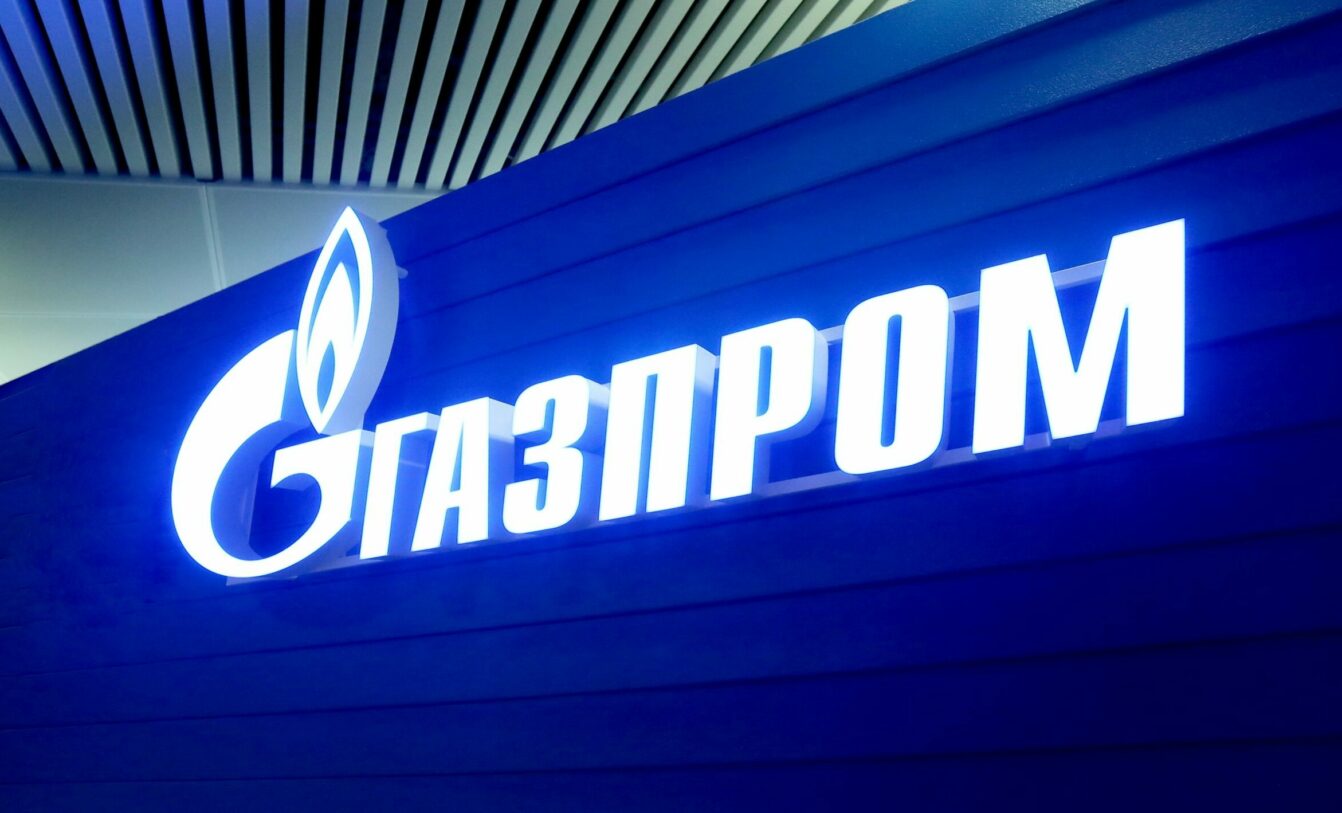Will Gazprom be the big loser of the gas crisis?

By losing access to the European market, the Russian state-owned gas company Gazprom has seen 70 percent of its revenues vanish. Marco Orioles's article
The war in Putin's Russia has claimed an illustrious victim, but at home: Gazprom.
It is Politico who tells us, in an article with the emblematic title "How Putin maimed Gazprom", of how the conflict has produced dramatic consequences for the Russian energy giant, forced to give up, together with the European market, 70% of its revenues .
The indicators of the crisis are eloquent: Gazprom's share in the European market fell from 40 to 9%; costing more than twenty billion dollars, the two Nord Stream gas pipelines lie inert at the bottom of the Baltic Sea. In addition, the shares of the Russian gas monopoly have fallen 88% since the invasion, not to mention the fact that in August the company was forced to burn large quantities of unsold gas.
As Adnan Vatansever, a Russian energy expert at King's College London, explains to Politico , Gazprom is suffering "an existential crisis". For Vatansever, it is the group's growth prospects that are now being questioned, so much so that “at a certain point (Gazprom) will have to significantly reduce production”.
At the moment Gazprom remains a machine that churns out sodas with a beating drum: in spite of an export to the EU which decreased by 48% in the first eight months of this year compared to 2021, its profits doubled in the first half of 2022 thanks to gas prices skyrocket, to the point that the company collects around $ 100 million every day. It was also decided to distribute a whopping 20 billion dollars in dividends.
WHAT HAPPENS TO GAZPROM
But if these are the photographs of the present, the film for the future becomes gloomy. First of all, as James Henderson, director of energy transition research at the Oxford Institute for Energy Studies, makes clear, if high prices can be expected today at least for the next two years, the prospects for the future are uncertain.
"From the second half of this decade", continues Henderson, "there is certainly a question mark about whether Gazprom can maintain the same size it has today." For the analyst, therefore, it is not a question of if but of when the company will be forced to "downsize". Henderson also sets a date for this development: in 2025 or "before then", depending on how the price dynamics will evolve and how and to what extent Europe will be able to free itself from Russian supplies.
With Europe's door substantially closed, Gazprom's strategies will necessarily have to focus on its other reference markets.
First of all, there are the former Soviet republics, such as Belarus and the nations of Central Asia, where Gazprom sells its gas at heavily discounted prices due to the Kremlin's willingness to keep those countries in its sphere of influence. But Gazprom earns less than $ 5 billion from this market.
HOW IS THE ASIAN MARKET GOING FOR GAZPROM
The other market to look at is certainly the Asian one, with particular regard to China. Moscow supplies Beijing with approximately 16 billion cubic meters of gas a year through the Power of Siberia pipeline, opened in 2019. Another 10 billion cubic meters will arrive when the pipeline that Russai is building in its Far East is completed. Finally, there is the 50 billion cubic meter Power of Siberia II pipeline project, whose construction will not begin until 2024.
But there is a problem in this Chinese projection of Gazprom: combined together, the flows that transit and will transit to China via pipeline do not even reach half of the 150 billion cubic meters that Gazprom historically made available to Europe.
PRICE DOSSIER FOR GAZPROM
Also there is the question of prices. As noted by Jonathan Stern, a researcher at the Oxford Institute for Energy Studies, "at the moment gas is sold in China at a much lower price than what Gazprom imposed on Europe". Hence Stern's serious doubts that Gazprom "can hope to derive the same income" from transactions with Beijing.
CHAPTER LNG
Finally, there would be the LNG option, but this is an area where, according to Vatansever, Gazprom has fallen behind, to the point of being outclassed by the independent Russian rival Novatek. Furthermore, there is a formidable obstacle: the technology needed to cool the gas and make it liquid is entirely in the hands of the West which, given the sanctions imposed on Russia, will hardly make it available to Gazprom.
If Russia aimed to be among the top four global LNG exporters by 2030, according to Henderson, this target cannot be achieved until 2040 ("maybe").
In any case, Russia's LNG sales, even counting those made by other companies such as Novatek, will not be enough to replace the volumes lost in Europe.
THE SCENARIOS FOR GAZPROM
As independent analyst Oliver Alexander recalls, with current terminals Russia can produce the equivalent of 42 billion cubic meters of LNG; this means, according to Alexander, that “it will take decades even to get closer to production” for Gazprom to sort through its pipelines.
A real alternative to decline for Gazprom therefore does not exist. It is for this reason that Putin recently hinted at the possibility of rebuilding the relationship with Europe and also referred to the possibility of activating that branch of Nord Stream 2 that has not been damaged by the recent sabotages.
But Europe does not eat a leaf: in the words of the German government spokeswoman Christiane Hoffmann, "regardless of the possible sabotage of the two pipelines, we have seen that Russia is not a reliable supplier of energy".
This is a machine translation from Italian language of a post published on Start Magazine at the URL https://www.startmag.it/energia/gazprom-crisi/ on Thu, 20 Oct 2022 07:35:28 +0000.
